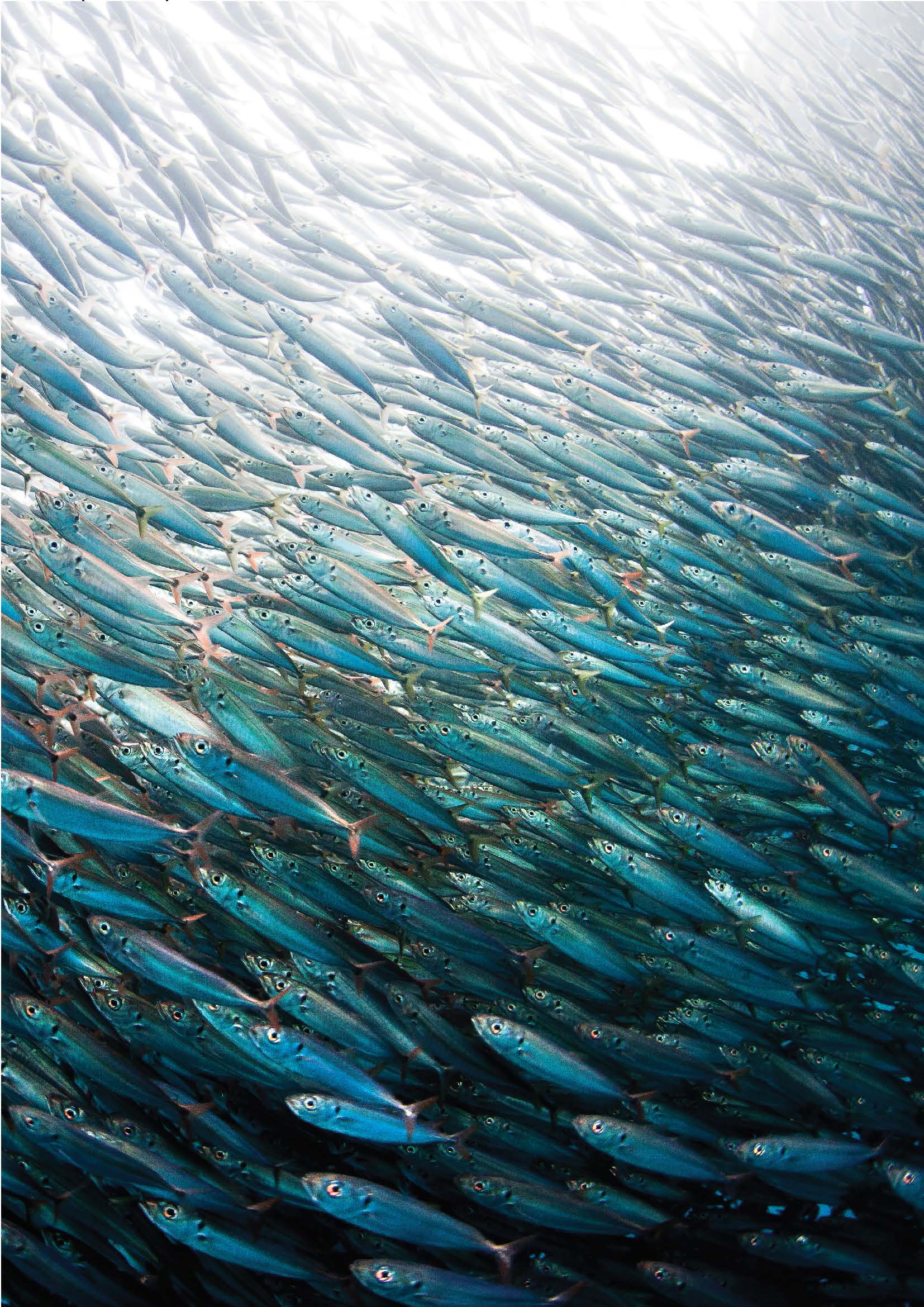Project Description

What is a marine protected area?
CLIENT: WWF
PUBLISHED: WWF Australia website
ORIGINAL ARTICLE: What is a marine protected area?
CREATED: August 2017
AUTHOR: Fallon Dasey
Never before in human history have the world’s oceans and the creatures that live in them been under greater stress. With the human population of the Earth now topping seven billion, fish are being harvested for the table in record numbers, with many species being hunted to extinction. Figures from the United Nations’ Food and Agriculture Organisation show that one third of fish species are now overfished, with the figure steadily growing. That’s why areas of the ocean, where marine species can exist without being hunted, are critically important to the ongoing survival of both the marine ecosystems and human life. Such zones are called marine protected areas.
Under threat
Marine protected areas (MPAs) are sections of the ocean and coastline that have been set aside to protect biodiversity and help these areas recover. Marine animals within MPAs have higher levels of protection than in surrounding areas and in some all human fishing activity is banned. MPAs have been proven to aid in helping replenish fish stocks. The benefits of MPAs are significant for both humans and undersea ecosystems. Such areas provide marine life with space to replenish, reducing the vulnerability of key food species as well as endangered species, including whales and dolphins. MPAs allow fish to spawn and grow to maturity without being taken at a premature stage of their lifecycle. Studies have shown that having an MPA in an area of ocean increases its overall productivity, meaning that people benefit from enforcing a ‘no-take’ policy in many areas. Such increases can have a critical effect on local cultures whose livelihoods are linked to catch from the ocean. In areas where human fishing practices have been particularly destructive, establishing a marine protected area gives the underwater ecosystem a chance to rebound and establish new robustness. Such resilience is essential when the world’s oceans are under the added threat of climate change and ocean warming. Meanwhile, the rich biodiversity present in MPAs can be a major tourist drawcard, meaning that establishing such zones can lead to lead to significant economic benefits.
Challenges
Despite the clear benefits of MPAs, only an estimated 2-3% of the world’s oceans are protected. This compares to 15% of the planet’s land masses. Scientists and ecologists are calling for a far greater amount of the ocean to be dedicated to such reserves. In the past, successive Australian governments have taken a strong position regarding MPAs. The declaration in the 1970s and subsequent rezoning in the early 2000s of the Great Barrier Reef Marine Park, set new global benchmarks in marine conservation. Since then progress on implementing an MPA network and management plans in the rest of Australia’s territorial waters has been slow. With Australia responsible for one third of the planet’s marine jurisdictions, there is the potential to do far more.
WWF
WWF believes marine protected areas are a crucial measure for ensuring the ongoing biodiversity of the world’s oceans and the health of underwater ecosystems. WWF is working with traditional cultures living on the fringe of endangered marine ecosystems in a bid to share more sustainable fishing practices and other ways of being economically independent.



